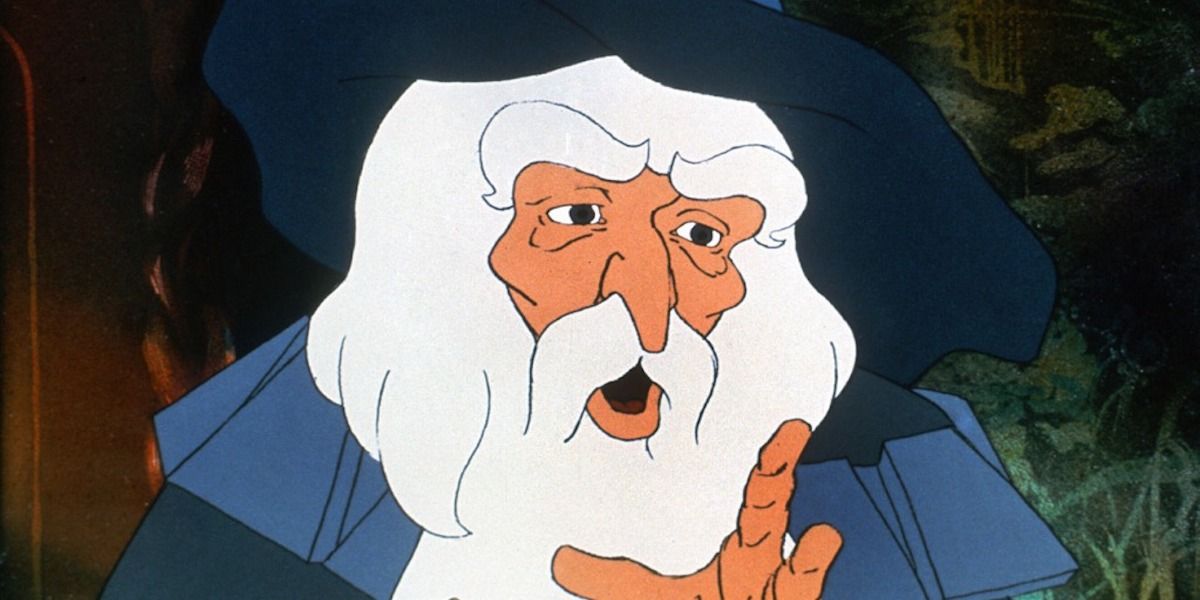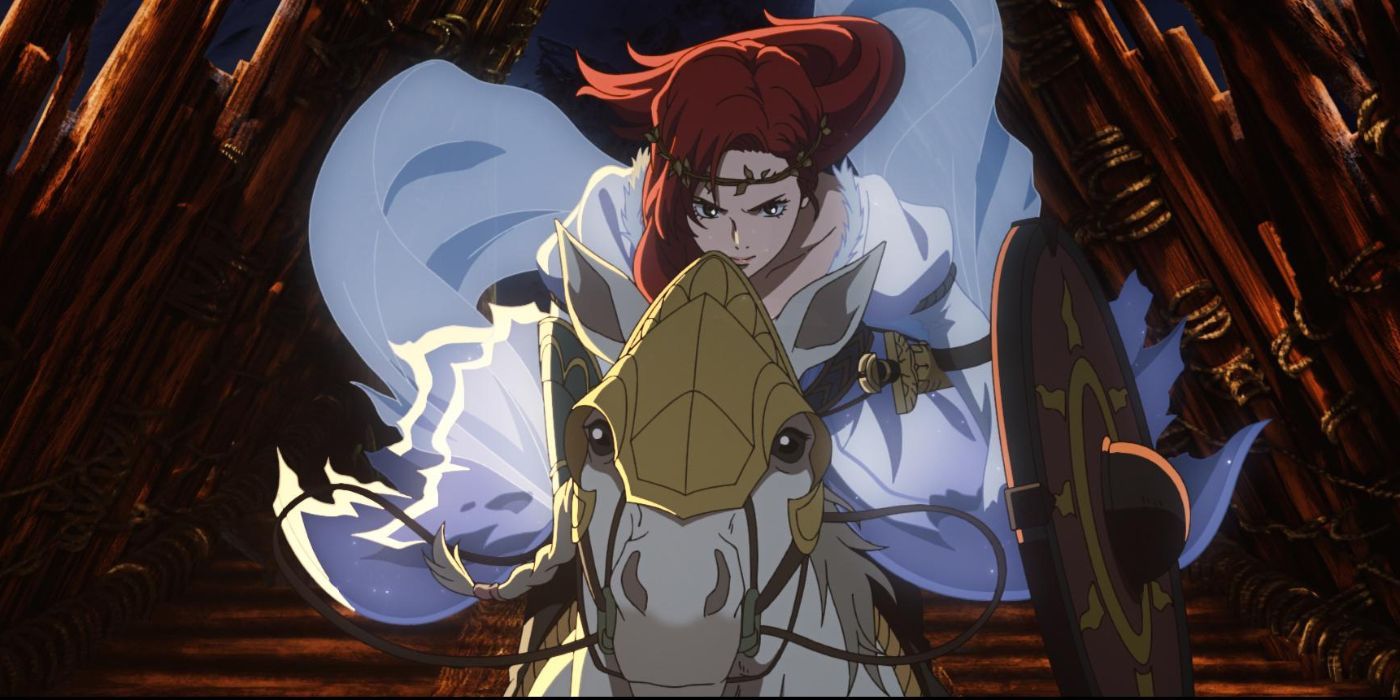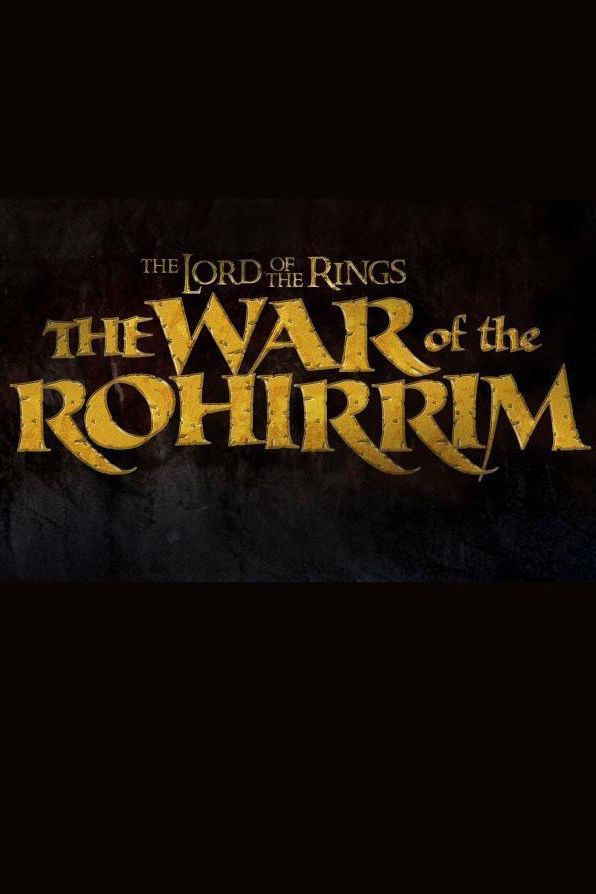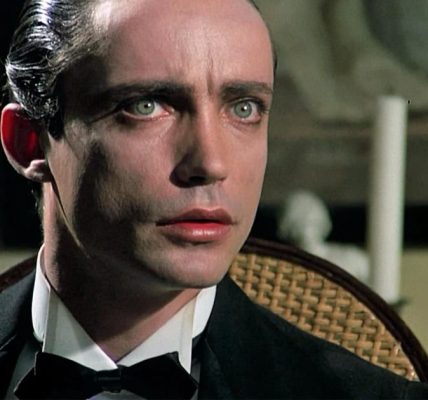In the years following the publication of The Hobbit and The Lord of the Rings, a significant critical discussion has emerged surrounding the representation of women in the epic narratives created by J. R. R. Tolkien. Critics often point out the limited presence of female characters in Tolkien’s works compared to their male counterparts. However, it is essential to recognize that Tolkien did not shy away from portraying women as heroic, powerful, wise, and adventurous figures. Characters like Éowyn, Galadriel, and the many fiercely independent women in The Silmarillion clearly illustrate this point. While it is valid to critique Tolkien’s shortcomings in gender representation, this does not detract from his pioneering contributions, such as the creation of the archetypal warrior woman and elf queen, which have inspired countless fantasy narratives since. Additionally, Tolkien’s deep love and respect for his wife, Edith, further highlight his complex view of women in his stories.
Nevertheless, it is noteworthy that even the most celebrated female characters in Tolkien’s universe are not part of the Fellowship of the Ring, which places them at a narrative disadvantage. Despite improvements in gender representation within his legendarium, Tolkien’s works still exhibit areas of oversight. Numerous female characters with the potential for rich narratives remain nameless or relegated to the background, serving primarily as genealogical links. An example of this is Helm Hammerhand?s daughter, who, despite her importance to the history of Rohan, is left unnamed and marginalized within the storytelling framework. In contrast, the forthcoming animated film The Lord of the Rings: The War of the Rohirrim addresses this oversight by naming Helm?s daughter (Héra, voiced by Gaia Wise) and positioning her as the central character. This shift not only corrects a notable gap in Tolkien’s narrative but also promises to explore a path that is both compelling and true to the spirit of Tolkien’s vision.
Discover the Intriguing Storyline of ‘The Lord of the Rings: The War of the Rohirrim’
The War of the Rohirrim is set fewer than 200 years prior to the events depicted in The Lord of the Rings, drawing its narrative from the trilogy?s detailed appendices. Particularly, it explores the ?The House of Eorl? from Appendix A, where Freca (Shaun Dooley), a proud and ambitious lord with claims to Rohan?s royal lineage, proposes a marriage between his son Wulf (Luke Pasqualino) and King Helm Hammerhand’s (Brian Cox) daughter. When Helm staunchly declines Freca’s proposal, it ignites a fierce conflict, leading to Helm killing Freca with a single, powerful blow, thus exiling the Dunlendings from Rohan. This act sets the stage for a vengeful Wulf to retaliate, as he commands the Dunlending army to lay siege to Rohan, escalating the tension and drama within this rich historical backdrop.
Unleashing Héra Hammerhand?s Story: A Perspective Full of Dramatic Depth
In Tolkien?s original works, Helm?s daughter is merely mentioned in passing ? ?[Freca] asked the hand of Helm?s daughter for his son Wulf? ? leaving readers without any insight into her name, personality, ambitions, or even her fate amidst the turmoil of war. While Helm Hammerhand is depicted as a formidable and fearsome figure in Middle-earth, the animated feature War of the Rohirrim transforms Héra from a background character into a fully realized protagonist. This decision not only aligns with the narrative reframing established by Peter Jackson?s film adaptations and Prime Video?s The Rings of Power series but also presents a logical narrative evolution. After all, who stands to lose or gain more from the unfolding conflict than Helm?s daughter? She is not just a pawn in Freca?s power plays; she embodies the rich emotional stakes of her father’s actions, her desire for autonomy, and a compelling motivation to protect her people, even if it means confronting her childhood friend Wulf.
Related
The Controversial ?Lord of the Rings? Adaptation You Didn?t Know Existed Will Hit Streaming Next Month
The film was released more than 20 years before Peter Jackson’s first installment.
With little established about Héra, she emerges as a character ripe with potential for creative exploration. The portrayal of Héra by screenwriters Phoebe Gittins and Arty Papageorgiou draws inspiration from various sources, with Gaia Wise likening Héra to the heroines of Hayao Miyazaki films. This comparison suggests that the conflict will serve as a transformative journey, shaping Héra’s youthful rebellion into a narrative of altruism and mature bravery. In a revealing interview with The One Ring, Lord of the Rings trilogy co-writer Philippa Boyens shared insights into Héra?s character development:
?Where we turn to, very deliberately, is to ?thelfl?d, […] Alfred the Great?s daughter. She never ruled as a queen per se, but she seems to step in when her people needed her. […] Héra is very much drawing from sources that fit with the storytelling that Tolkien himself is drawing on.?
Strengthening Narratives: The Connection Between Héra and Éowyn in ‘The War of the Rohirrim’
Integrating Miranda Otto‘s Éowyn as the narrator of War of the Rohirrim is a brilliant narrative choice. Éowyn not only honors the memory of a forgotten woman in history but also serves as a symbol for Héra, the trapped princess who bravely navigates the chaos of battle to discover her true self. In The Two Towers, Éowyn articulates that the shieldmaidens of Rohan became self-made warriors through sheer necessity ? a testament to their survival and duty. The narrative of Rohirrim positions Héra on a parallel journey, echoing the path paved by her ancestors. Furthermore, creating a connection between Héra’s resilience and Éowyn?s legacy amplifies the significance of their individual struggles and victories. Éowyn?s character resonates with the historical contributions of real-life women during World War I, experiences that profoundly impacted Tolkien. As Boyens emphasized to /Film: ?[War of the Rohirrim is] not just about war, but about the wreckage of war.? Few understand this profound truth better than women.
The War of the Rohirrim is set to hit theaters on December 13 in the U.S., promising an epic retelling of a pivotal moment in Middle-earth?s history.
Buy tickets








